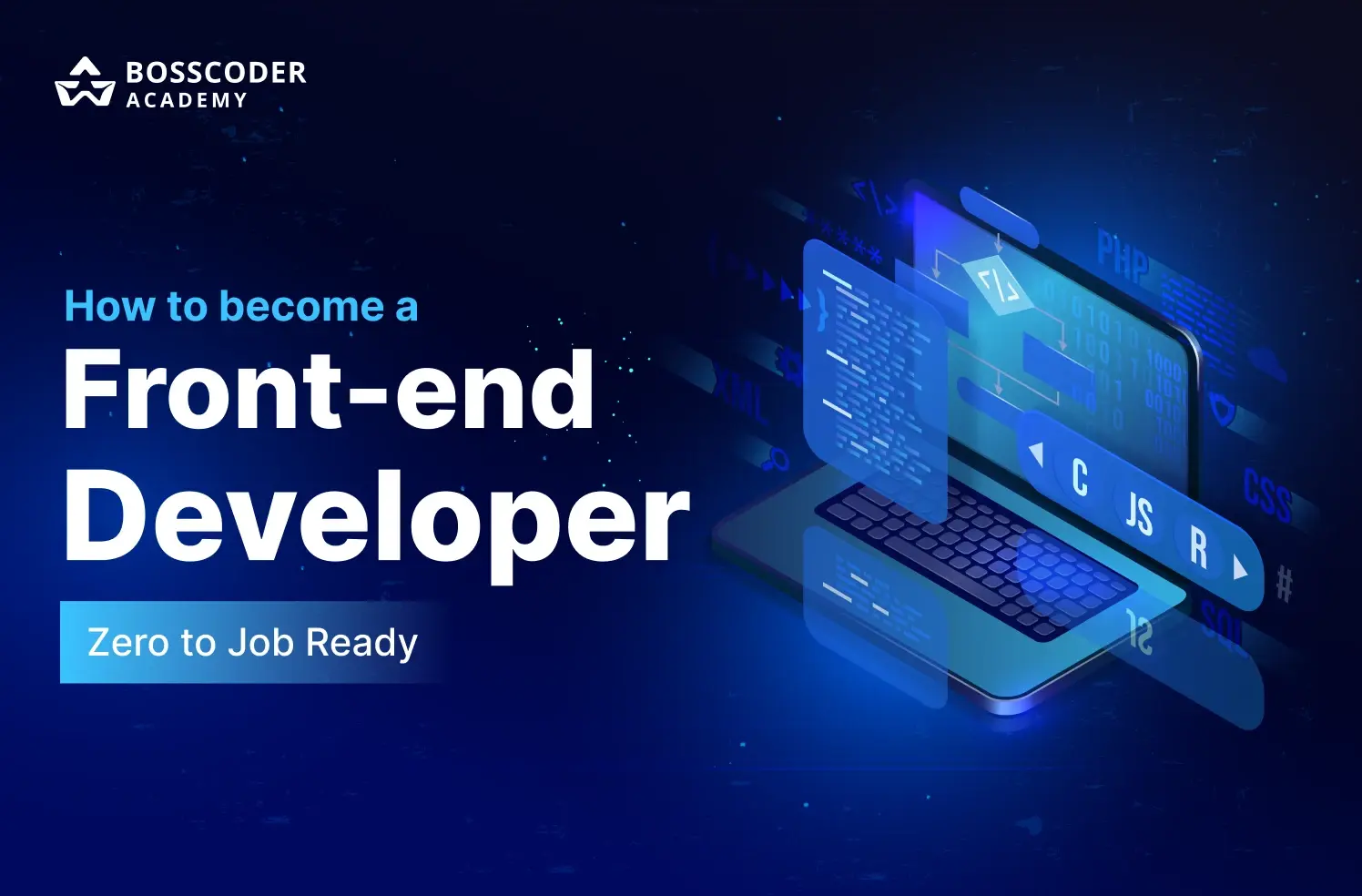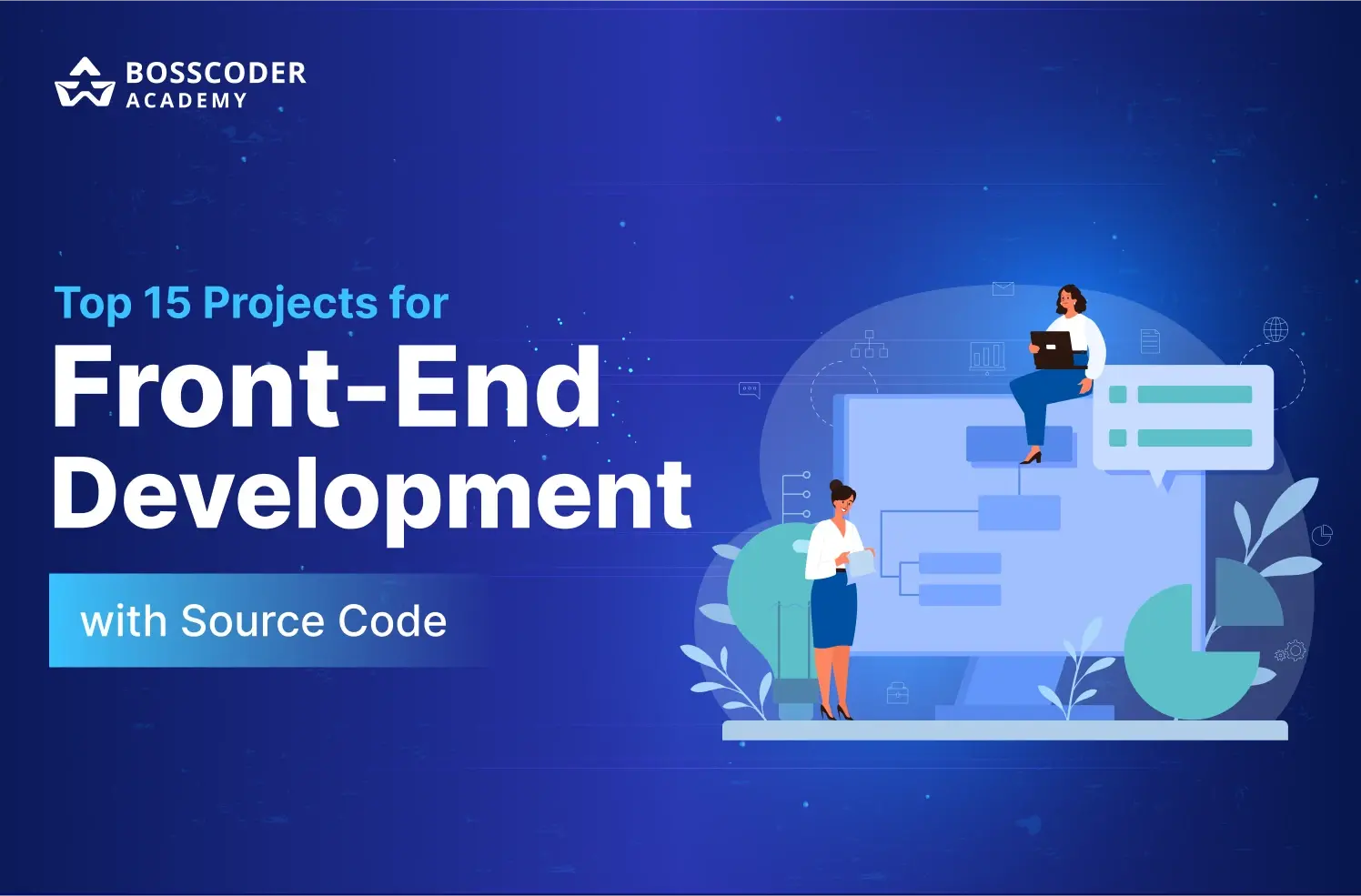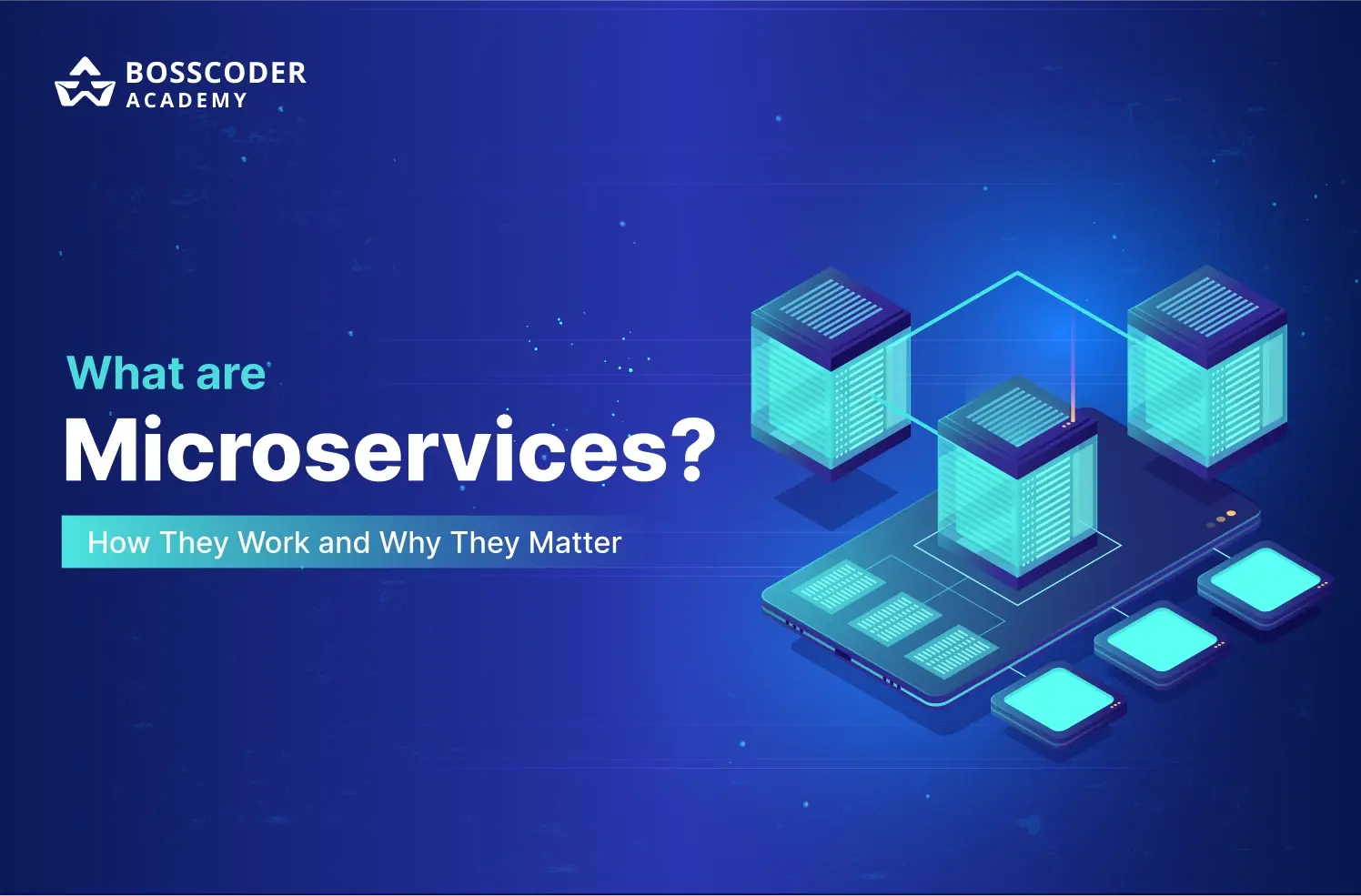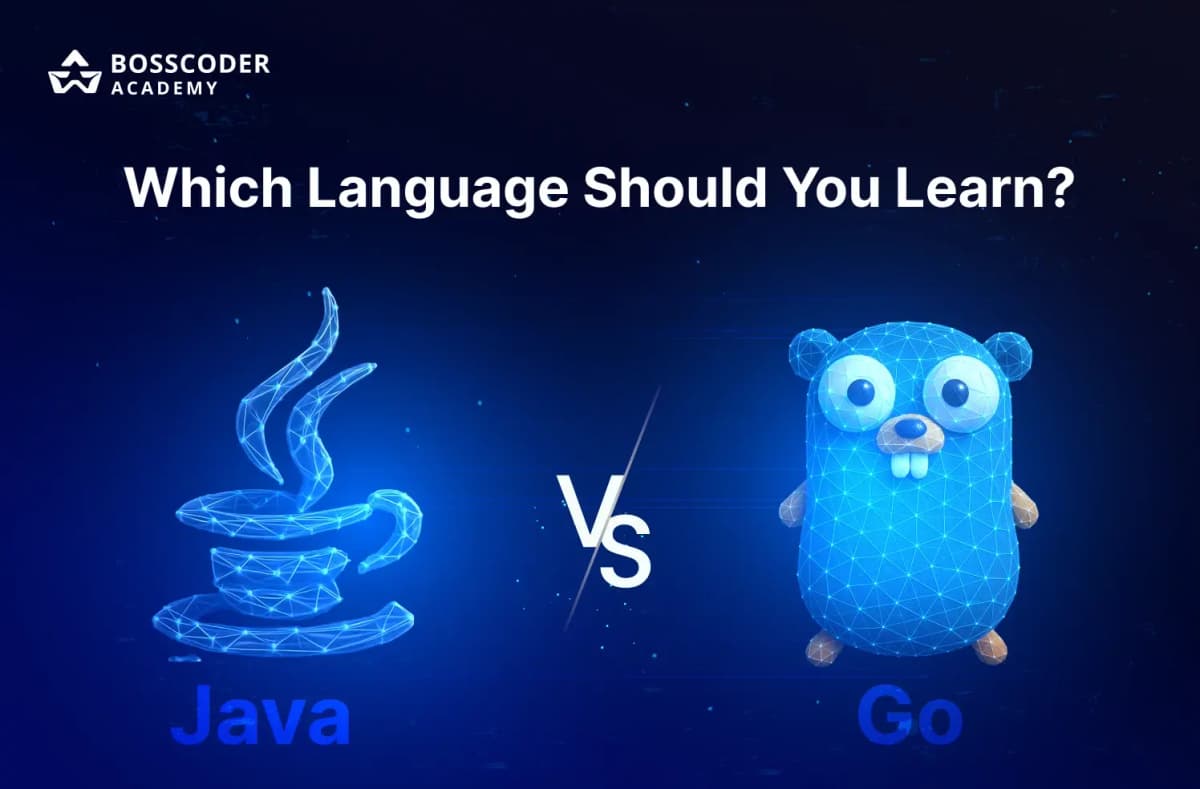When you see a modern interactive website like Netflix or Spotify, you must wonder, "How are such great website built?". Well, guess what? You, too can build these!
Starting your coding journey may be challenging because you lack experience in technology, or you previously made attempts with little progress towards the next steps. Don’t worry! This blog exists exclusively for you.
By the end of this guide, you’ll know:
- The core front-end skills you need to learn.
- Effective practice strategies to sharpen those skills.
- A step-by-step path to land your first front-end developer job.
Are you ready? If YES, then let’s turn those dreams into code.
What Does a Front-End Developer Do?
(Spoiler: It’s way cooler than you think!)
Imagine you’re at a restaurant. At a restaurant, the back-end developer functions as the chef who prepares the food (servers and databases). On the other hand, the front-end developer is the one who plates the food beautifully and brings it to your table (interface, interaction).
Day-to-Day Responsibilities Include:
- Design mock-ups turned into functional, clickable websites.
- They ensure websites function perfectly across all platform devices, including smartphones and tablets, and desktops.
- Adding User experience elements such as animations, buttons and forms should be added when interacting with the website.
But what exactly is needed to become a Front-end Developer? Our next part provides answer to this question exactly!
Required Skills
- HTML & CSS: Structure and style your websites
- JavaScript: Make your websites dynamic and interactive.
- A particular framework (like React or Vue.js): Frameworks that make development faster and easier
- Git & GitHub: Track your code and work in teams
Fun Fact: You don’t need to memorize everything. Even senior developers Google things daily!
Roadmap to becoming a Front-end Developer
Step 1: Learn HTML & CSS
(Your websites transform from "meh" to "WOW" through this step)

HTML: The Structure
HTML operates like the structure of a house frame. You define:
- Headings (<h1>)
- Paragraphs (<p>)
- Buttons (<button>Click me!</button>)
CSS: The Paint & Decor
- Change colors, fonts, and spacing
- Your designs become mobile-friendly with a flexible layout.
- CSS elements enable buttons to have a glowing effect when users hover their cursor over them.
Your First Mini-Project:
Construct a profile card using your picture and displaying your name and a brief personal summary. Use only HTML/CSS—no JavaScript yet!
Step 2: JavaScript for Interactive Website
(AKA: Where the real fun begins!)
Web pages become interactive through the function of JavaScript (JS).
What Can You Do with JS?
- Users encounter pop-up modals that request newsletter subscriptions.
- The system provides a real-time check for incomplete form entries ("Oops, you forgot to enter an email!").
- The system loads fresh posts without needing users to refresh their pages.
Key Concepts to Learn:
- Declared variables (Storing data, similar to let userName = “Rajat”)
- Functions (Reusable blocks of code)
- DOM Manipulation (Changing webpage content on the fly)
Pro Tip: Start small! A good idea that may be implemented is to create a button that changes its color when clicked.
Step 3: Choose a Framework (React, Vue, or Angular)
(Writing raw JS for all kinds of operations quickly becomes boring real fast!)
Hence, frameworks make life easier. They are just like having shortcuts in coding, they help you build faster.
| Framework | Best For | Learning Curve |
|---|---|---|
| React | Flexible, high demand | Medium |
| Vue | Easy to learn | Easy |
| Angular | Big enterprise apps | Harder |
Our Recommendation: Start with React. It is extremely popular, and there are many high-demand jobs available in this field.
Step 4: Git and GitHub (Your coding safety net)
Ever saved a document as "Final_Version_2_REALLYFINAL.docx"? Git solves that!
Why You Need It:
- Track changes in your code
- Work in teams (like on open-source projects, etc.)
- Showcase your work to employers (GitHub = your coding resume)
Getting Started:
- Install Git
- Create a GitHub account
- Upload your HTML/CSS/JS projects
Step 5: Build, Build, Build—Then Apply for Jobs!
(Portfolios > Resumes in tech!)
What to Build:
- Create a personal portfolio as your project showcase.
- Develop a To-do application to practice the Create, Read, Update, Delete functions of CRUD.
- The Weather App uses Fetch real API data to function.
Where to Apply:
- LinkedIn (Optimize your profile with keywords like front-end developer skills)
- Wellfound (Great for start-ups)
- Local meetups (Networking >> cold applying)
Finding your initial career position at Google is not necessary. Start-ups, together with agencies, usually recruit inexperienced entry-level developers for their teams.
Once we have everything sorted, let's get into "How much does a Front-end Developer make?"
Front-End Developer Salary
If you wish to understand the earning potential of front-end development, then continue reading. This latest salary data provides clear guidelines for entry-level and experienced front-end developers to establish their salary targets.

🔍 Bonus: React specialists or developers in Bangalore/Hyderabad often earn 15–20% more.
You Did It! What’s Next?
Wow, you have transformed from zero basic skills to a front-end developer ready for job opportunity. Here’s your cheat sheet:
- Master HTML/CSS → Create simple static websites
- Add JavaScript → Turn them into interactive
- Choose a framework → Save time on your work
- Learn Git/GitHub → Save and share code
- Create projects → Demonstrate what you can do
- Apply everywhere → Land that first gig!
Feeling stuck? That’s normal! By joining Bosscoder Academy, you can have a mentor and a structured education.
Frequently Asked Questions
Q1. What does a front-end developer do?
A front-end developer is one who is involved in the making of parts of the website or application that are noticeable and clickable. They translate design mock-ups into real-life working interfaces using HTML, CSS, and JavaScript. Think buttons, menus, animation and placement of the objects on the screen.
Q2. How long does it take to become a front-end developer?
It usually takes 3–6 months for a novice to learn the basics of HTML, CSS, and JavaScript. To do that, you can be able to get and entrance level job in less than a year if you practice daily. Experience of at least 2 years is required to master the job and earn higher salaries.
Q3. Do I need a degree to become a front-end developer?
No! Employers prefer to see what you’ve built rather than the education achievement. Many developers learn it themselves or use online platforms and self-study, boot camps, etc.
Q4. Which framework should I learn first: React, Vue, or Angular?
Begin with React since it is presently gaining much popularity (it is used by Facebook, Netflix, and others) and offers a less steep learning curve than Angular. Vue is also very user-friendly for beginners, but has fewer job opportunities when compared to other frameworks.
Q5. What is the average salary of a front-end developer?
Front-end developer salaries in India (2025): Entry level rupees 5.5-9 lakhs per year, mid level rupees 12-18 and Senior level rupees 20–30 lakhs per year. It was also seen that location influences the salary (Bangalore/Hyderabad +15-20%) and skills (React experts +20%). Many specialized professionals, better freelancers, would be able to charge anything above ₹1,000 for an hour of the job.









